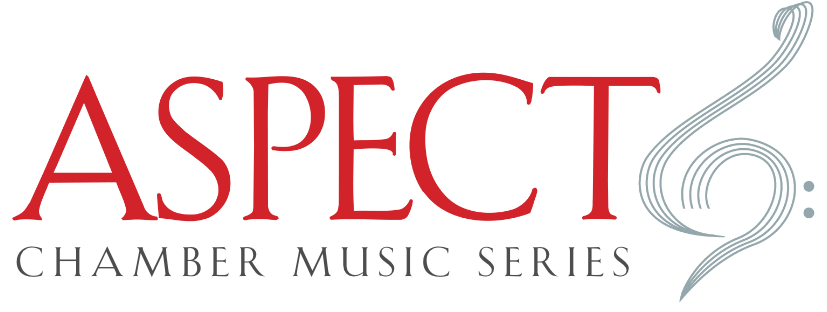For the love of clara: schumann & brahms
February 9, 2023 | Bohemian National Hall
Grace Park violin
Brook Speltz cello
Adam Golka piano
Illustrated talk by Jan Swafford
Program
Clara Schumann Romanze (arrangement of the slow movement from the Piano Concerto)
Robert Schumann Fantasiestücke, Op. 73
Robert Schumann Violin Sonata No. 3 in A minor
Johannes Brahms Piano Trio No. 1 in B major
Photographs by Alex Fedorov © 2022
This program explores the singular personal and musical interweavings of three of the greatest musicians and composers of the nineteenth century. Pianist and composer Clara Schumann was married to Robert Schumann, who in turn discovered Brahms when the latter was just twenty and announced his genius to the world. Clara championed both her husband’s music and Brahms’s (she was one of the greatest performers of the century, alongside Thalberg, Chopin, Rubinstein, and Liszt); Robert (before his tragic collapse) became mentor to Brahms; and Brahms fell hopelessly in love with Clara. Each of the three composers had his or her own distinctive voice. Join us to discover what symbolic motifs and musical ideals the three shared in their work.













